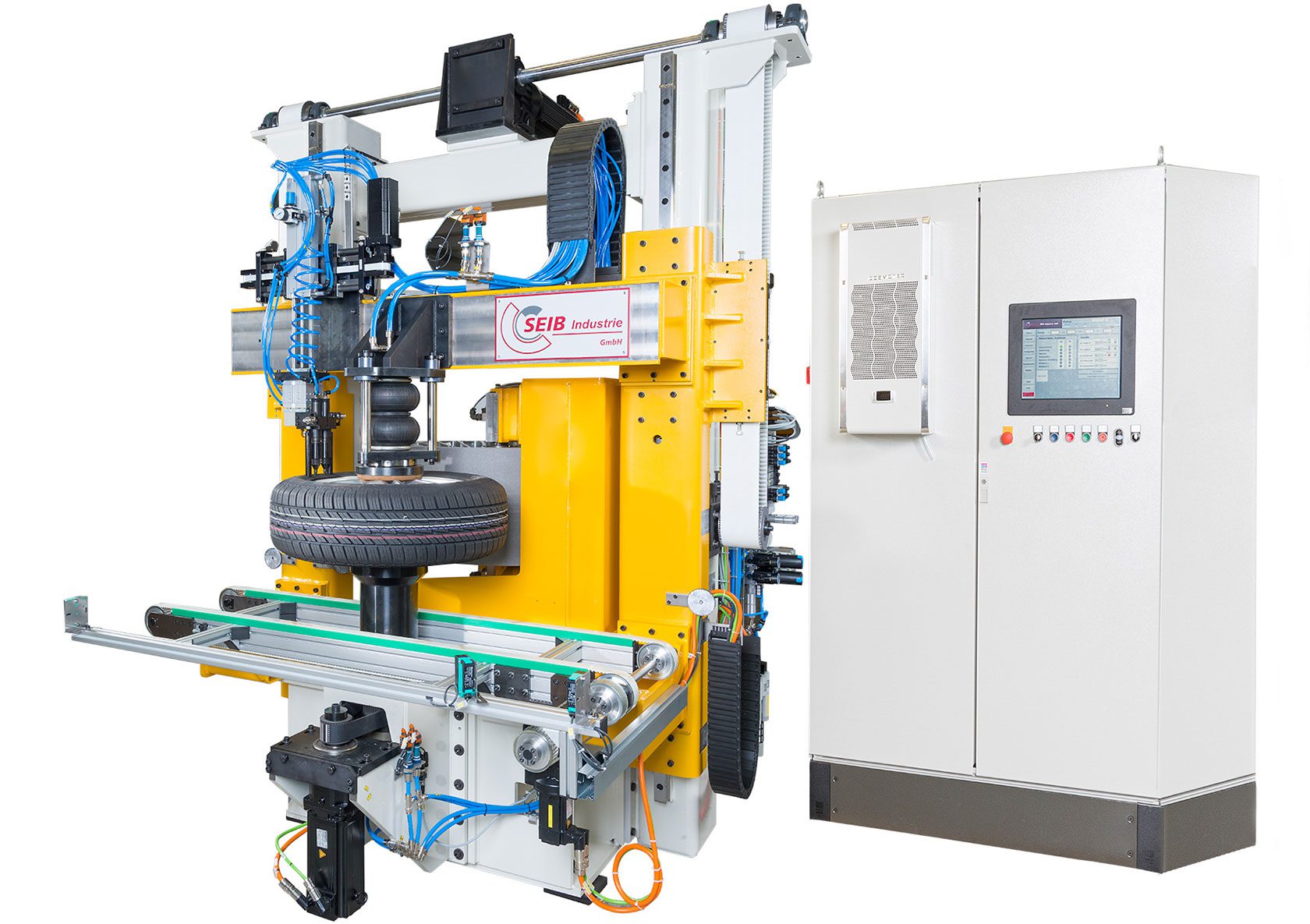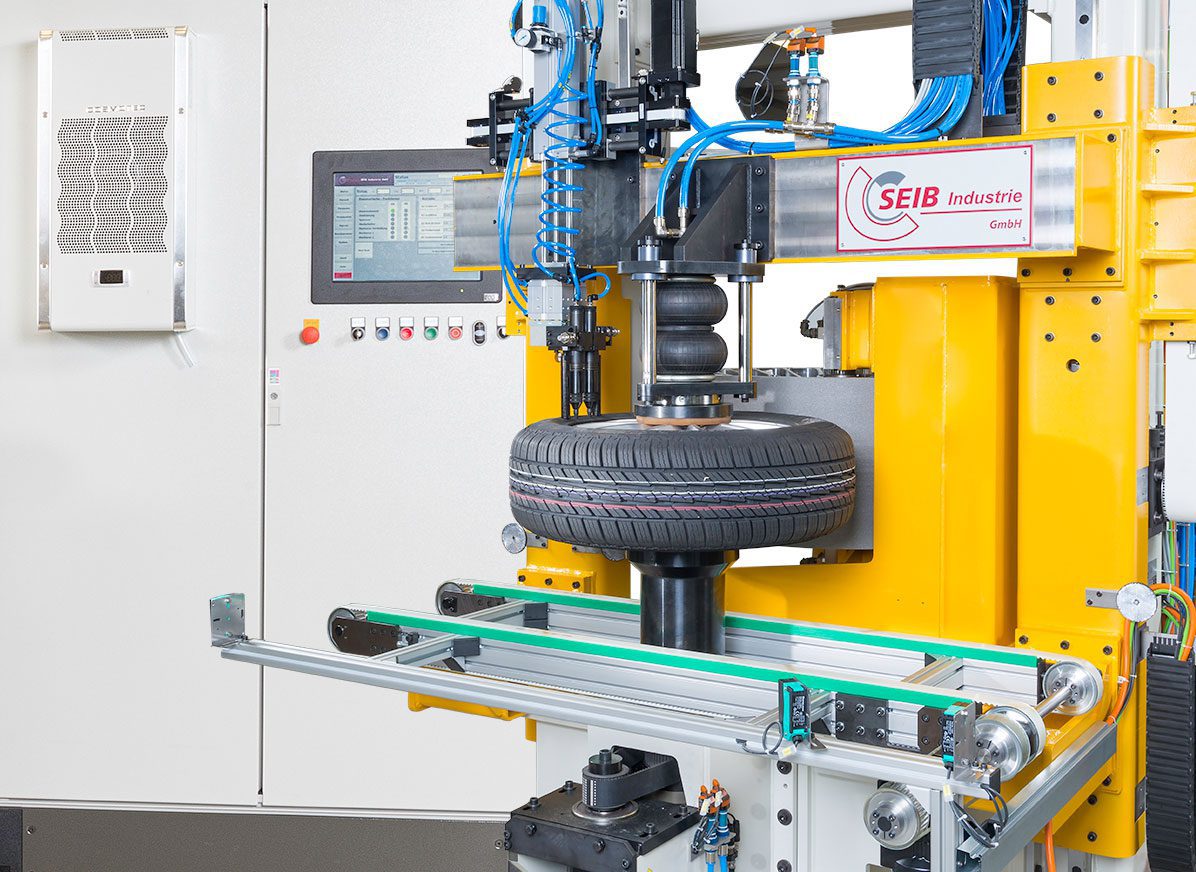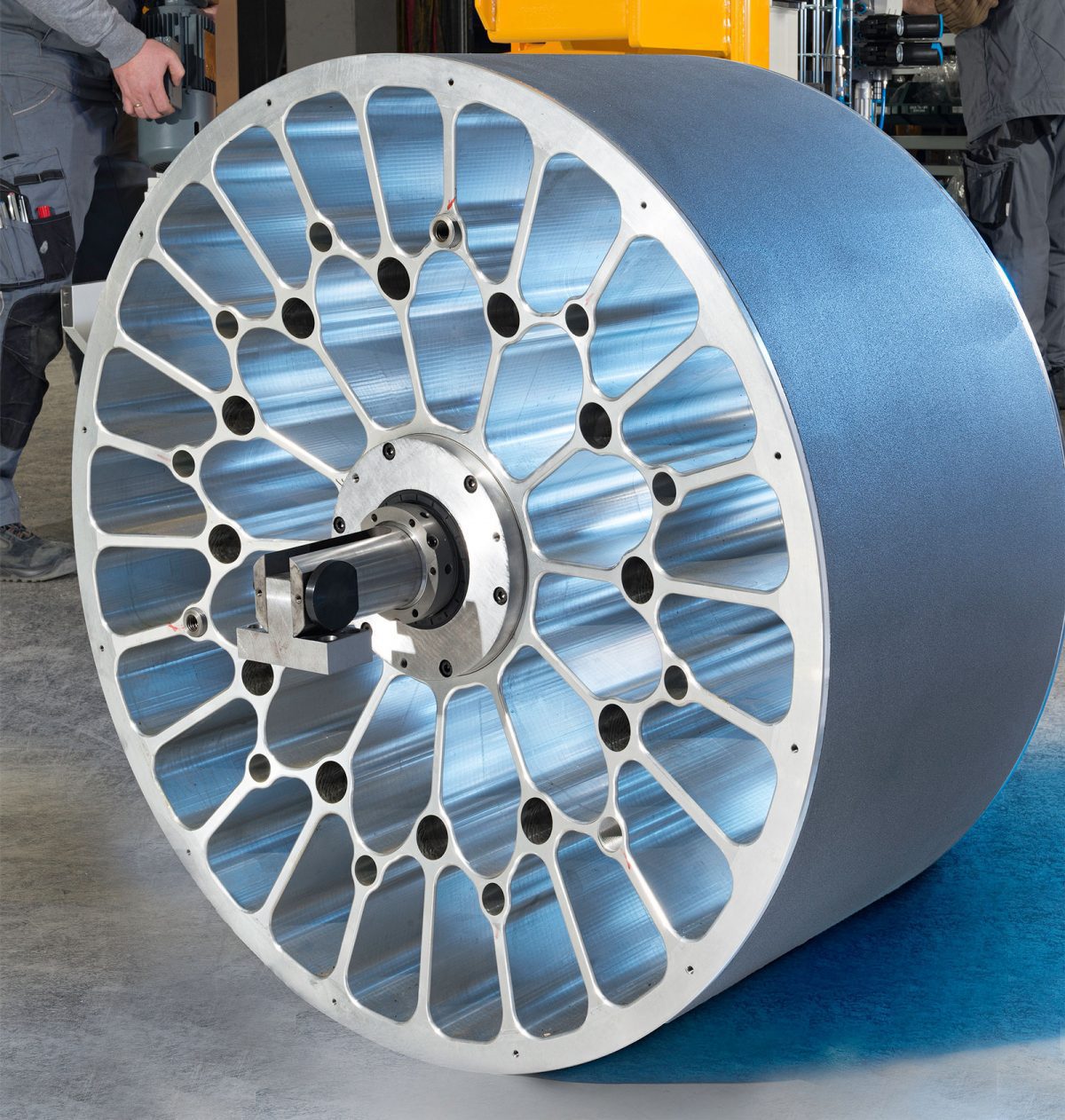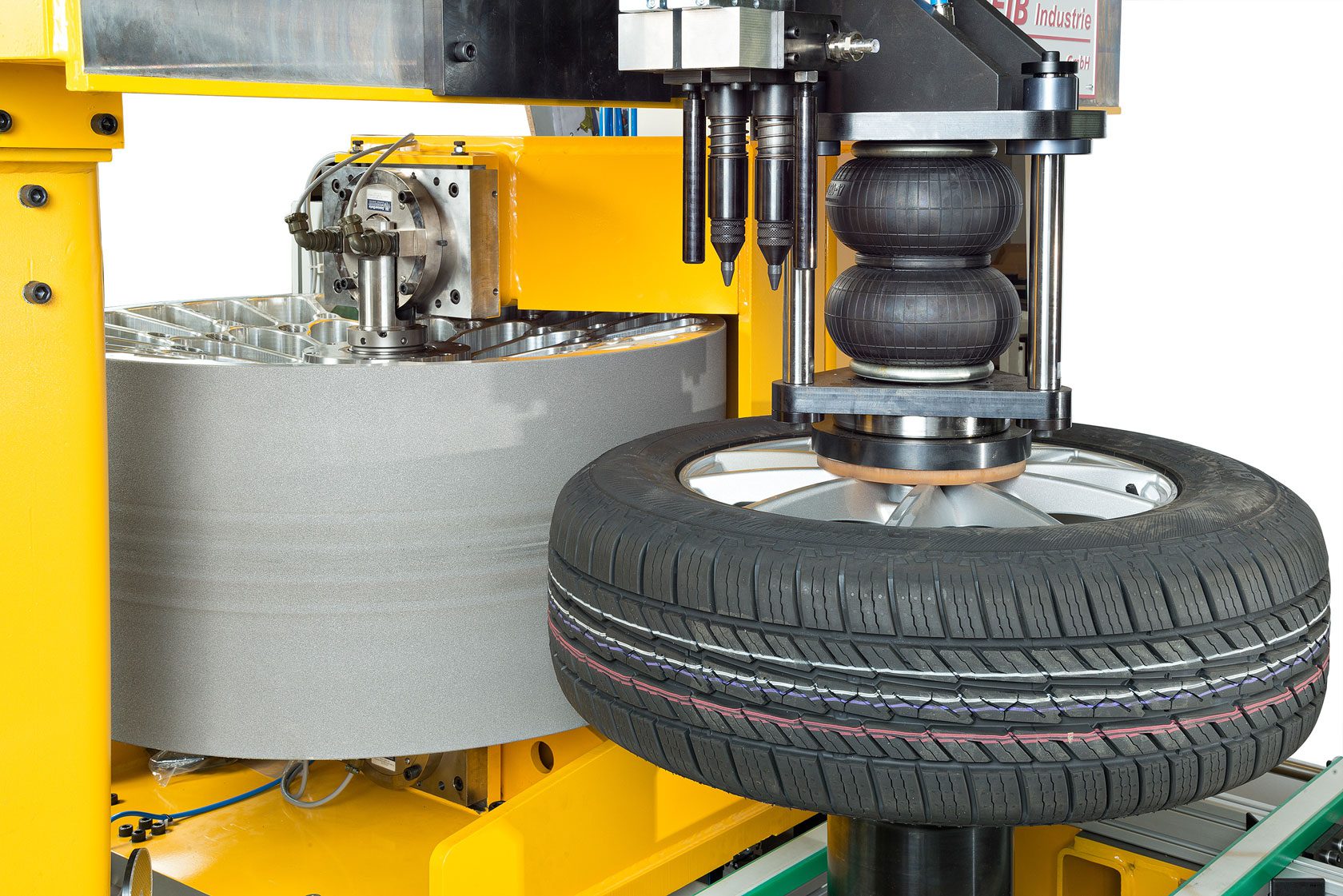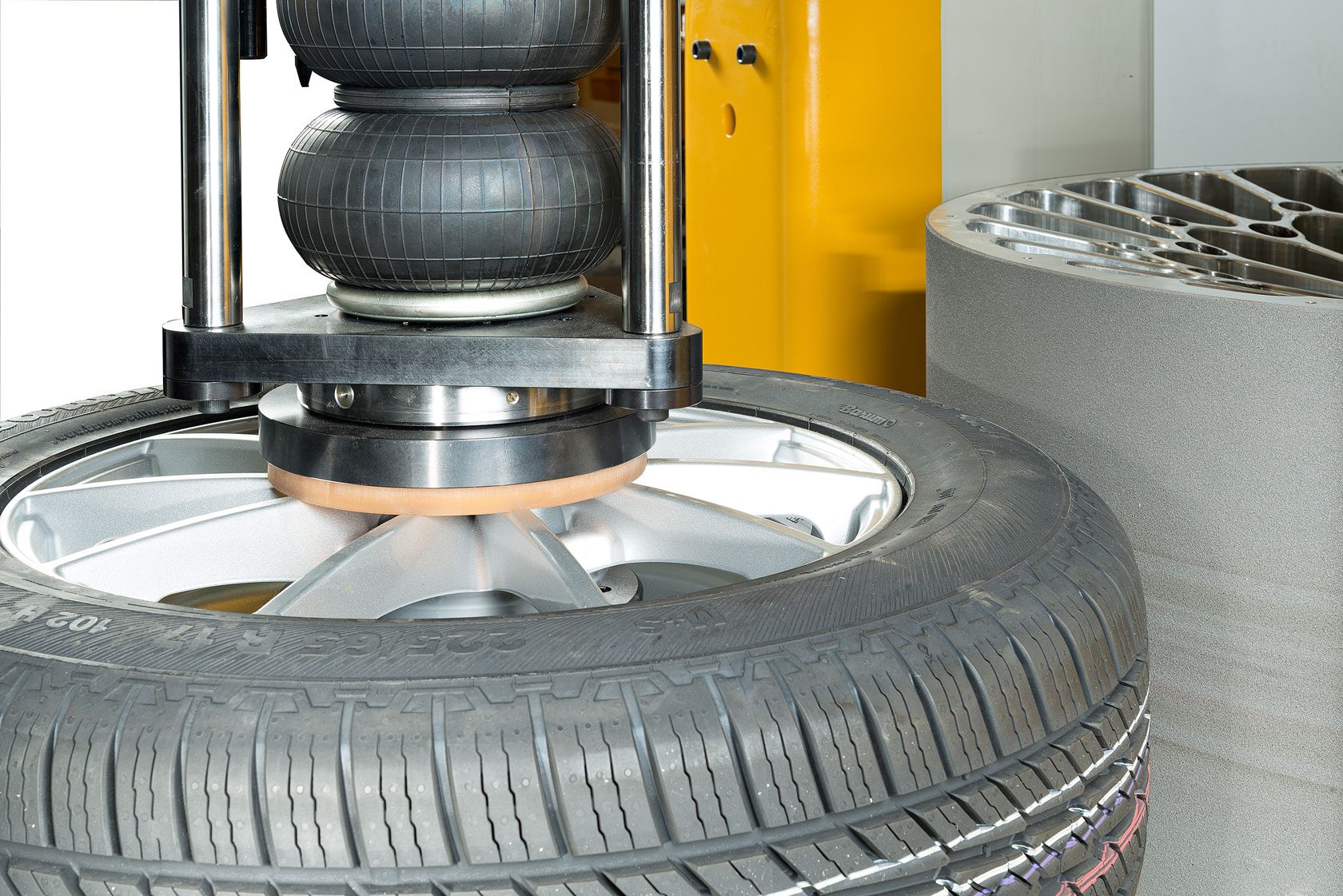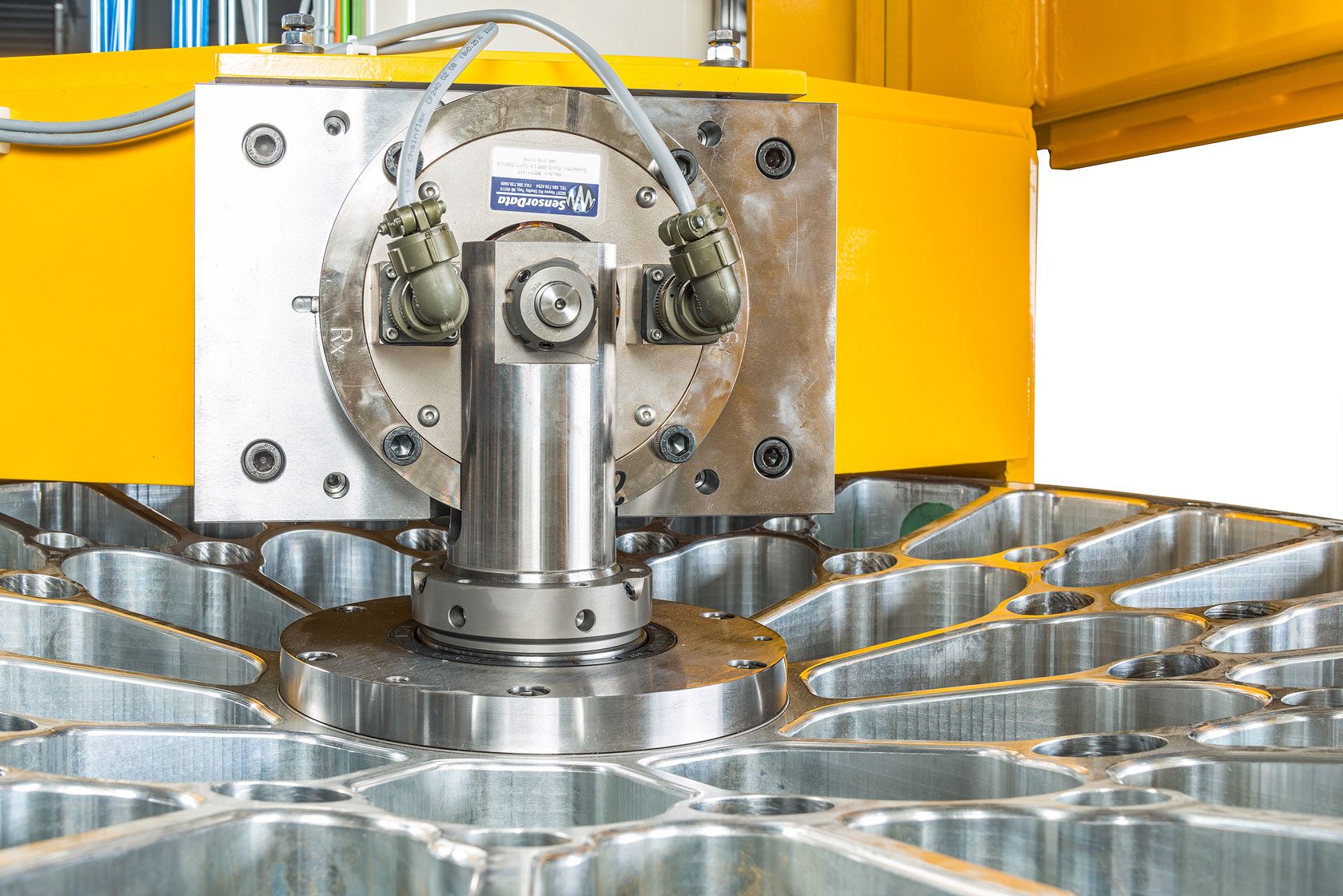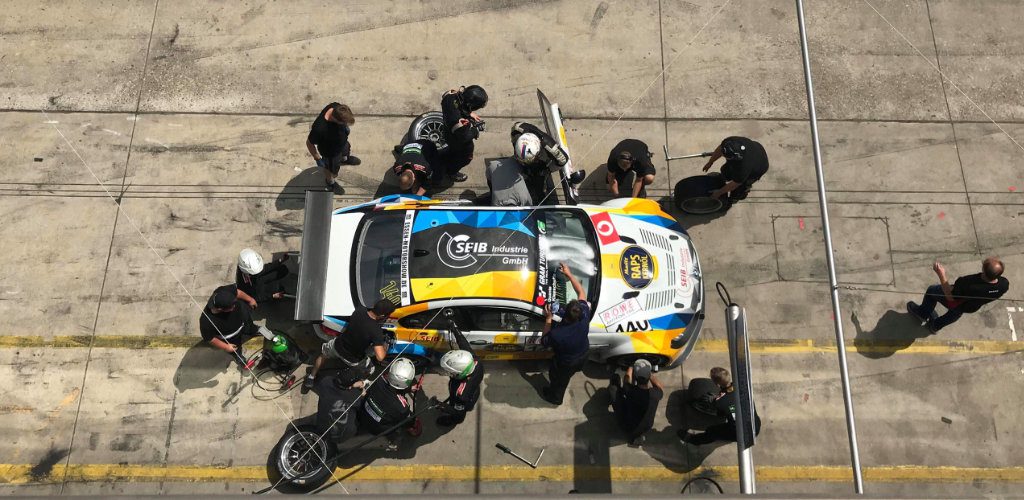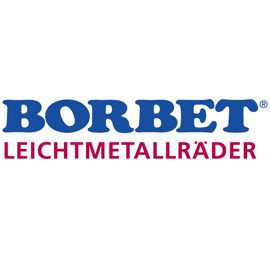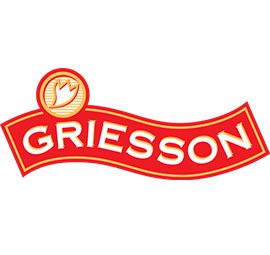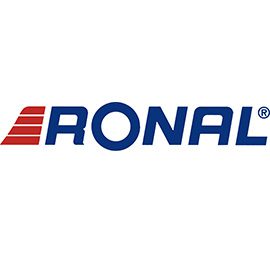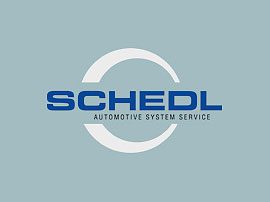Tire uniformity unit
The term “homogeneity of tires” refers to the dynamic mechanical properties of the tire. The term “tire-homogeneity” refers to the dynamic mechanical properties of the tire Tire. These are strictly defined by a set of measurement standards and test conditions accepted by global tire and car manufacturers. The measurement standards include the parameters of the radial force variation, the lateral force variation, the conicity, the plystarter, the radial spout, the lateral spout and the sidewall camber. Tire manufacturers worldwide use tire uniformity measurement as a way to identify bad tires so they can not be sold on the market afterwards. Tire and vehicle manufacturers are trying to improve the tire uniformity and thus the driving comfort.
Tire uniformity machines are special machines , which automatically check tires for the tire uniformity parameters described above. They consist of several subsystems, including tire handling, chuck, measuring rims, bead lubrication, inflation, load wheel, spindle drive, force measurement and geometry measurement.
The tire is first centered. The bead surfaces are lubricated to ensure a smooth fit to the measuring rims. The tire is inserted into the test station and placed on the lower chuck. The upper chuck sinks in the meantime to come into contact with the upper bead. The tire is inflated to the desired pressure. The load wheel continues to contact the tire and apply the set load force. The spindle drive accelerates the tire to the test speed. Once speed, force and pressure are stable, the load cells measure the force exerted on the load wheel by the tire. The force signal is processed in analog circuitry and then analyzed to extract the measurement parameters. Tires are marked according to different standards that can include RFV high-point angles, side of positive conicity and conicity size.
To meet the requirements of the automotive industry for tire balance and quality, Kokusai offers tire and wheel laboratory tests, with tire durability and driving simulator equipment for testing tires and wheel assemblies. Important forces, moments and other aspects of tire performance can be tested with tests such as rolling resistance, fatigue, durability, tread distribution, bead expansion and road surface movement. Our equipment tests the entire range of strictly defined measurement standards for uniformity. Long-term use is another important parameter in tire production, so our precision machine thoroughly tests the longevity of tires and TWAs.

